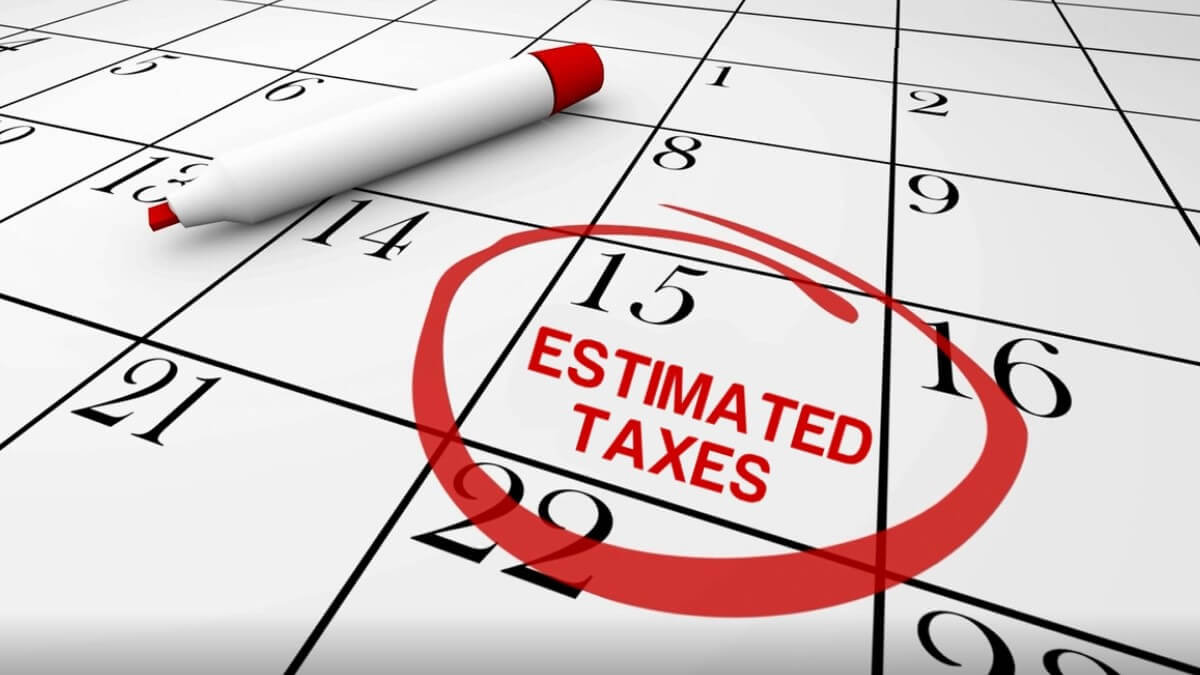
The Internal Revenue Service and the federal law requires taxpayers to pay taxes in separate payments throughout the tax year. If you’re someone that earns income that isn’t subject to federal income tax withholding, you must make quarterly federal estimated tax payments to pay taxes.
Use Form 1040-ES to figure out your tax liability for the tax year and pay taxes this way. There are a couple of ways you can make estimated tax payments. We highly suggest making payments through the accepted methods that don’t charge you fees although you might have to pay the fees depending on what you use to pay taxes.
Pay Taxes Without Paying Processing Fees
There are multiple ways to pay taxes without paying any fees. You can pay taxes using the IRS Direct Pay or EFTPS, known as the Electronic Federal Tax Payment System. Either works just fine, and you won’t pay processing fees.
To make estimated tax payments without paying processing fees, you have to pay taxes through your bank account though. If you pay taxes using a credit card or debit card, know that you will be charged processing fees as it’s no different than online shopping.
Pay Estimated Taxes With Credit Cards
You can pay estimated tax payments using your credit card or debit card through the IRS-approved payment processors. Different payment processors will charge you different fees. The processing fees are updated regularly so make sure to choose the one that charges you the lowest.
Generally, the processing fees are between 1.5 and 2 percent for credit cards and a fixed fee of between $2 and $5 for debit cards. You, unfortunately, cannot avoid these fees if you pay estimated taxes or any other type of tax using your credit card or debit card.
If you’re making a large tax payment to the IRS, we highly suggest paying taxes through either Direct Pay or EFTPS as you will be charged based on the amount paid with credit cards.